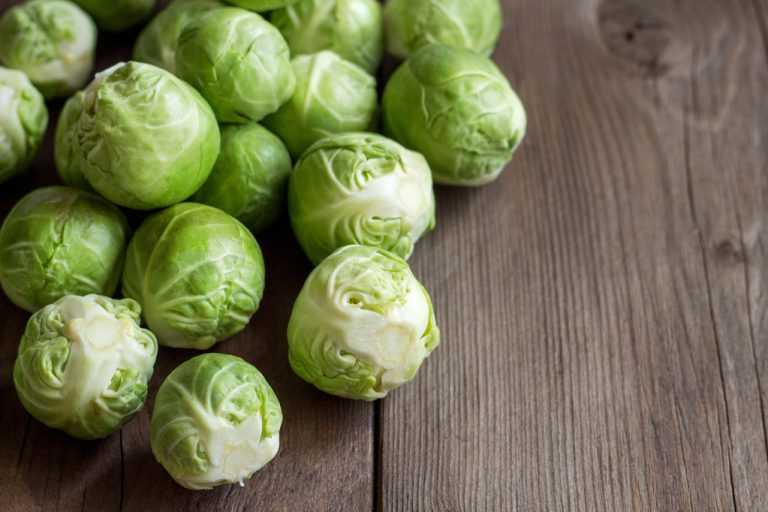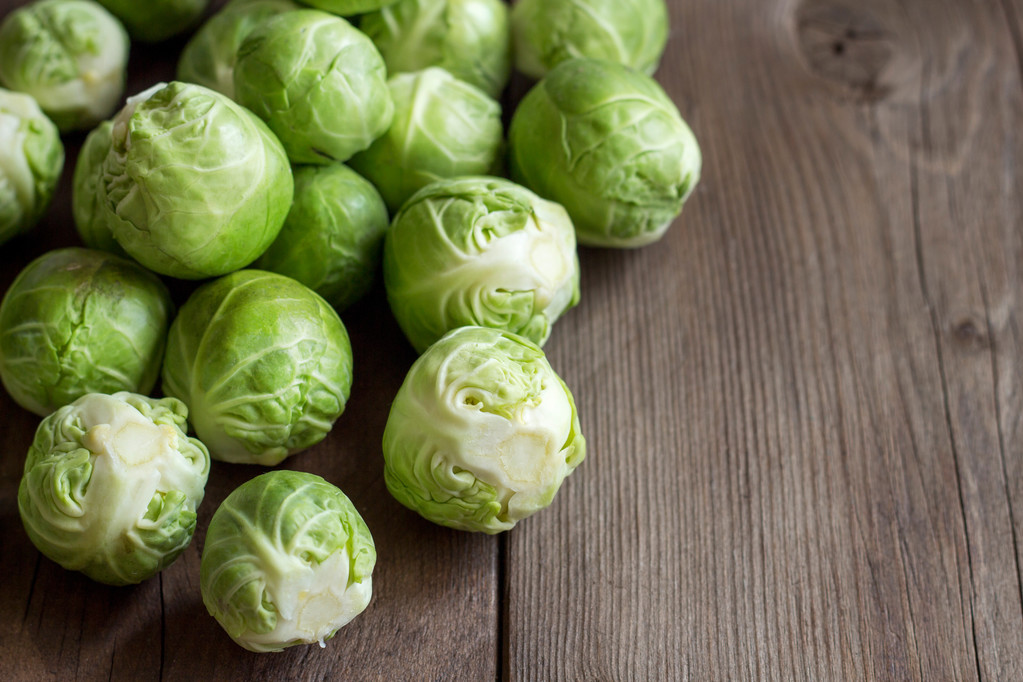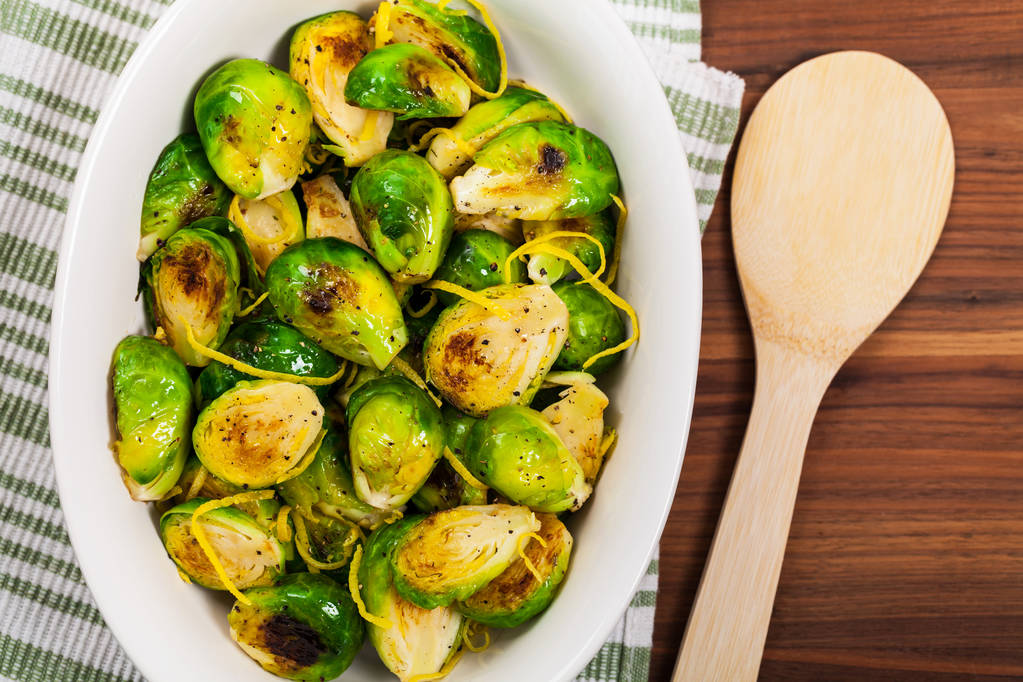Blanching is a handy trick for processing many types of vegetables and fruits. We’ll show you how your vegetables stay fresh and crunchy for longer.
Benefits of Blanching
Blanching is a simple and very effective technique for processing vegetables and fruit. Typically, you blanch by adding your fresh veggies or fruit to a large pot of boiling, salted water, and shocking them in cold ice water at the end of the cooking time. In the case of numerous fresh vegetables, a process is set in motion which, depending on the variety, inhibits toxins, releases important nutrients or makes the vegetables last longer.
Due to the short time in boiling water, your fresh vegetables do not lose their taste and remain crisp and fresh. It is often advisable to blanch vegetables before freezing them. In this way, it withstands the cold temperatures better and cooks more quickly when processed later.
Blanching vegetables sets important processes in motion:
It deactivates certain enzymes and thus stops unwanted changes in the fresh product. (such as progressive maturation and the associated changes in taste)
It preserves valuable ingredients such as vitamins and minerals.
It allows vegetables to retain their fresh color.
It makes many types of vegetables last longer and prepares them for freezing.
It draws out toxins and harmful germs.
It softens inedible flavors and substances that are difficult to digest (e.g. some types of cabbage).
It cooks sensitive vegetables ready to eat (e.g. leaf spinach or chard).
Blanching is also suitable for some types of fruit and nuts: Almonds, peaches or tomatoes, for example, can be skinned more easily after a short time in the bubbling cooking water and processed into mush or sauce, for example.
Blanching – that’s how it works
You can blanch in no time at all. It is only important that you take into account the individual cooking time depending on the variety.
For blanching you need:
a large pot full of water
Salt
Skimmer or sieve for chilling
That’s how it’s done:
Bring the water in your pot to a boil. Carefully add some salt, making sure the water doesn’t overflow.
Add your vegetables or fruit to the boiling water and let it simmer according to the cooking time.
Lift it out with the slotted spoon or drain into a large colander.
Pour cold water over your vegetables or fruit to stop the cooking process immediately. It’s even easier to have a second pot of ice water ready to dump your blanched veggies into after cooking time.
Wait for the vegetables to cool.

Blanch – note individual cooking times
Depending on the variety, you have to wait a certain amount of time for blanching. Our overview will help you. The times are for one 500 gram serving in a large saucepan.
Artichokes: 6 minutes
Beans: 3-4 minutes
Cauliflower: 3 minutes
Carrots: 2 minutes
Peppers: 2 minutes
Brussels sprouts: 3 minutes
Peas: 2 minutes
Corn on the cob: 5 minutes
Spinach: 1/2 – 1 minute
Apples: 2 minutes
Pears: 2 minutes
Blanching cabbage simplifies the preparation. The leaves, which are often brittle, become softer with a short boil and are then easier to roll.
Chinese cabbage (leaves): 2 minutes
Chard: 1-2 minutes
Leek: 3 minutes
Pointed cabbage leaves: 2 minutes
White cabbage leaves: 2 minutes
Savoy cabbage leaves: 2 minutes
To make raw vegetables more digestible – for example in a salad – you can also blanch them. Just add the following types of vegetables to the boiling water for a short time before you eat them al dente or freeze them for later.
Broccoli: 3 minutes
Kohlrabi: 3 minutes
Celery: 5 minutes
Zucchini: 3 minutes
Sugar snap peas: 2 minutes






